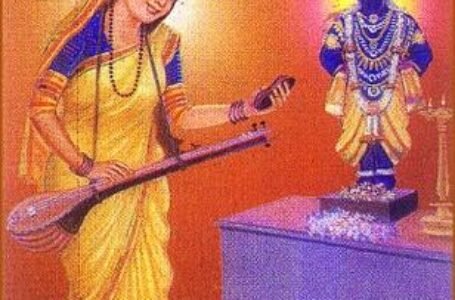Tattoo Evolution: Tracing Western Culture’s Ink History
- American history
 Prakash Israni
Prakash Israni- August 12, 2023
- 0
- 342
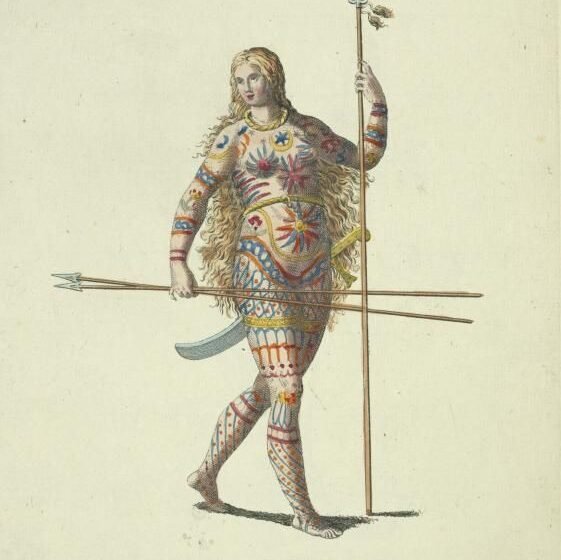
The history of tattoos in Western civilizations is lengthy and intriguing, representing changes in society’s attitudes, beliefs, and aesthetic manifestations. Tattoos have experienced a remarkable transition throughout the years, going from being associated with sailors and outlaws to eventually being accepted as forms of self-expression and art. This article explores the history of tattoos in the West, emphasizing their evolving meaning and place in contemporary culture.
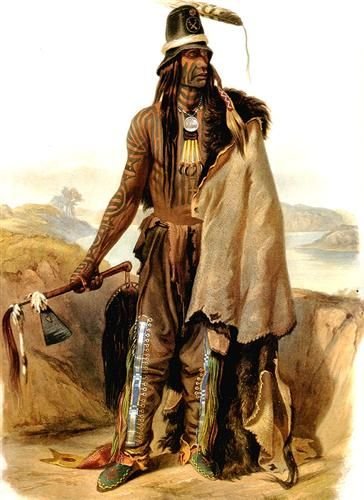
Tattoos in Ancient Times:
Ancient civilizations are where tattoos first appeared in Western culture. Tattooing was popular among the ancient Greeks, Romans, and Egyptians for several purposes, including the marking of slaves, the expression of social position, and religious symbolism. These early tattoos frequently had religious and cultural importance, offering information about the owner’s identity and worldview.
The Middle Ages and Tattoos:
The attitude about tattoos started to change when Western civilization entered the Middle Ages. Tattoos lost their universal appeal and started to be linked to outcast groups like slaves and criminals. Tattoos were employed as a form of punishment in medieval Europe, branding offenders with obvious markings to identify their sins. For decades to come, people’s opinion of tattoos was negatively impacted by their affiliation with crime.

Tattoos and exploring:
The reintroduction of tattoos to Western cultures was greatly facilitated by the Age of Exploration. When sailors and explorers came across indigenous people in far-off regions who were decked out in ornate tattoos, it reignited interest in the technique. Particularly sailors started tattooing representations of their adventures, anchors, and nautical symbols on their bodies as keepsakes of their voyages.
The Stigma of Crime:
Tattoos had firmly established their relationship with crime in Western culture by the 18th and 19th centuries. Criminals were frequently marked with tattoos throughout Europe, making them outsiders and preventing them from reintegrating into society. This technique played a part in the misconception that tattoos were emblems of anarchy and vice.
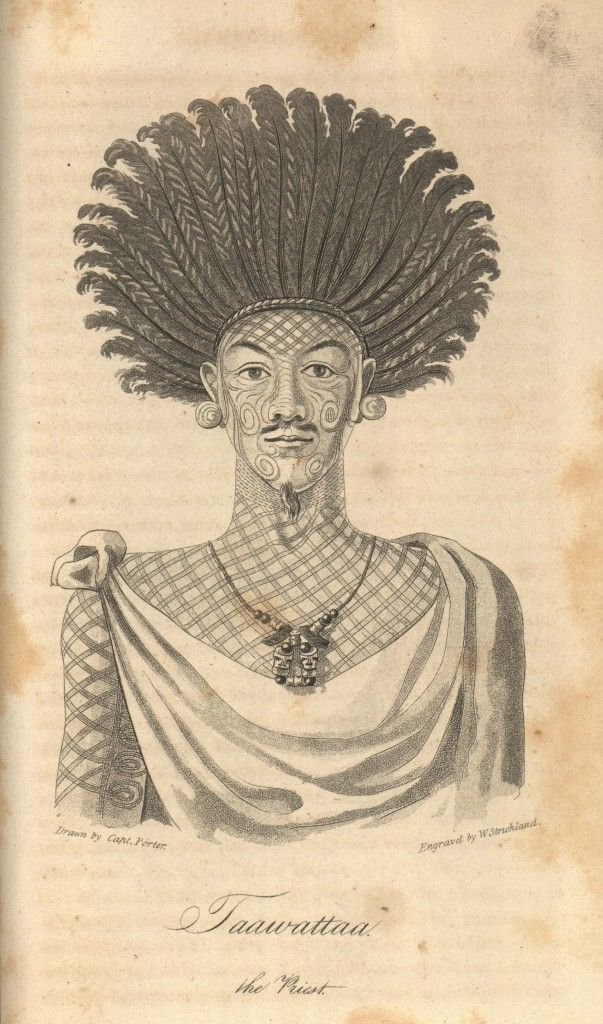
The Victorian era and tattoos:
Tattoo-related views underwent a complicated mingling throughout the Victorian era. While some members of upper society accepted tattoos as unique adornment, the common public nonetheless shunned them. As long as tattoos were still viewed as belonging to criminal subcultures and lower socioeconomic classes, people with tattoos were frequently viewed as unusual or even scandalous.
Tattoo as Identity and Rebellion:
The 20th century saw a steady change in how society views tattoos. As counterculture groups grew in popularity, tattoos became a symbol of disobedience to cultural standards. During this time, tattooed icons like sailors, bikers, and singers became increasingly popular. They sported their ink with pride as a mark of uniqueness and rebellion.
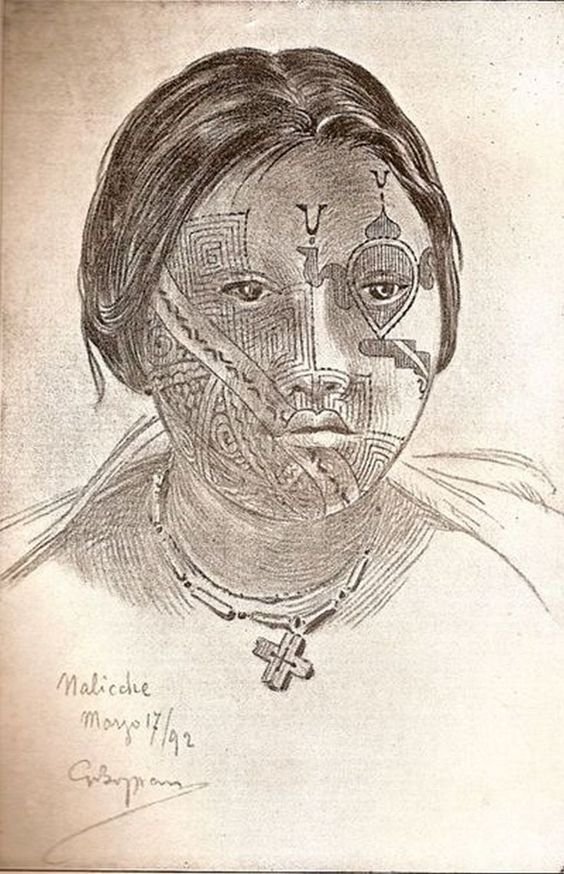
Modern-day tattoos:
Western societies’ attitudes toward tattoos underwent a sea change in the second half of the 20th century. Tattoos lost their connections with criminality as cultural attitudes grew more open and diversified, and they started to be seen as valid forms of self-expression and creativity. Tattoos were elevated to a revered art form because of the rise of talented tattoo artists who pushed the limits of creativity and technique.
The Renaissance of Modern Tattoo:
The popularity of tattoos has increased recently, with people from all walks of life opting to stamp their bodies with elaborate patterns that have a special value for them. As a way to express passionately held ideas, celebrate individuality, and remember significant life events, tattoos have transcended their historical preconceptions. Tattoos now work as potent visual tales of a person’s experience, from memorial tattoos remembering loved ones to abstract patterns that trigger emotions.

Identity and Self-Expression:
Tattoos became a way for people to express their identities, views, and life experiences as society’s attitudes changed. Tattoos’ symbolic meaning shifted from social rebellion to personal empowerment. Tattoos became potent self-affirmation symbols and a vehicle for sharing one’s life narrative or passions; they were no longer just markings on the skin.
Cultural Renaissance:
The emergence of talented tattoo artists who turned the procedure into an accepted form of creative expression was one of the most important factors in the acceptance of tattoos as art. Tattoo parlors have developed into artistic venues where tattoo artists may display their abilities and push the limits of design, technique, and creativity. By highlighting the intricate and varied potential of tattooing, tattoo conventions, and expos further legitimized the art form.

Tattoos in the World of Art:
The inclusion of tattoos in the art world has strengthened their reputation as an acceptable form of artistic expression. As talented professionals, tattoo artists are becoming more widely acknowledged, and their creations are honored at worldwide art exhibitions, museums, and galleries. The distinctions between conventional art forms and tattoo artistry have become less distinct as a result of this understanding, demonstrating the intricacy and diversity of this medium.
Influence of the Military and Pop Culture:
Tattoos were more popular among military troops during World War II and later wars in the middle of the 20th century. Tattoos evolved into badges of pride that stand for loyalty, sacrifice, and patriotism. Soldiers’ tattoos served as reminders of their courage and duty, which changed how the public viewed those who have tattoos.
At the same time, tattoos started to appear in popular culture, frequently gracing the bodies of countercultural icons and rebellious symbols. Musicians, actresses, and artists freely flaunted their tattoos, defying convention and redefining what it means to be beautiful. The negative stigma attached to tattoos was eventually diminished by this exposure.
Being accepted by the majority:
The tattoo has been fully incorporated into popular culture by the twenty-first century. People from all areas of life now love tattoos; they are not just reserved for the outcasts of society. When it comes to body art, corporate settings that traditionally frowned upon clearly visible tattoos have softened their stance because diversity and originality foster innovation.

Conclusion:
In conclusion, the development of cultural attitudes and perspectives may be seen in the history of tattoos in Western civilizations. Tattoos have traveled a fascinating path from their early beginnings as markers of individuality and spirituality to their stigmatization as signs of criminality. In today’s culture, tattoos are once again cherished means of identification, self-expression, and creativity. The evolution of tattoos from a fringe activity to a mainstream art form highlights the tenacity of human ingenuity and the fluidity of cultural values. A fascinating journey that highlights the dynamic interaction between society and self-expression is the development of tattoos in Western civilizations. Tattoos have transcended social conventions to evolve from being stigmatized symbols of crime and seafaring to beloved expressions of artistic expression and self-expression. The movement from stigma to acceptance demonstrates the ability of cultural change, creative invention, and the unyielding human spirit to alter views and ideals. The history of tattoos in Western cultures is a tribute to the ongoing human need for authenticity and creative exploration. Tattoos continue to change and affect the self-expression landscape.


